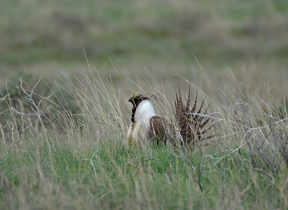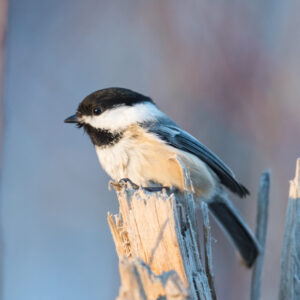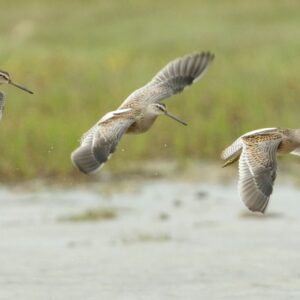Govenlock Transfer First Step towards Canadian Grasslands Conservation Plan
The transfer of over 200 square kilometres of important short-grass prairie at Govenlock in southwestern Saskatchewan to Environment Canada in August 2015 is an important step towards protecting Canada’s grasslands and threatened grassland wildlife.
The transfer of these lands from Agriculture Canada will allow consultations to begin on establishing a National Wildlife Area to protect the Govenlock grasslands and the numerous species at risk that live there, while at the same time providing for continuing livestock production and respecting local community interests.
This decision needs to be part of a much bigger plan to conserve native grasslands—the most imperilled ecosystem in Canada. There are tremendous opportunities to conserve native grasslands and grassland wildlife species at many of the other 182 community pastures that were formerly managed by the Prairie Farm Rehabilitation Administration. For example, the Battle Creek and Nashlyn community pastures, which are adjacent to Govenlock and are of similar area and importance for nature, should also considered for special conservation management.
 Even more fundamentally, the federal and provincial needs to gather much better data on the rate at which native grasslands are being converted to monoculture agriculture or industrial development and the extent to which the habitat quality of grasslands is being degraded by overgrazing. Changes in grassland bird populations (which have been steadily declining for many years) is one indicator of conversion rates and changes in habitat quality. Better data will support sounder assessments as to whether landowner stewardship approaches will be adequate to protect grassland ecosystems or whether a government-driven policy or regulatory framework is needed.
Even more fundamentally, the federal and provincial needs to gather much better data on the rate at which native grasslands are being converted to monoculture agriculture or industrial development and the extent to which the habitat quality of grasslands is being degraded by overgrazing. Changes in grassland bird populations (which have been steadily declining for many years) is one indicator of conversion rates and changes in habitat quality. Better data will support sounder assessments as to whether landowner stewardship approaches will be adequate to protect grassland ecosystems or whether a government-driven policy or regulatory framework is needed.
Any Canadian grasslands planning initiative would need to be coordinated with similar initiatives in the United States and Mexico, for the simple reason that many of Canada’s grasslands birds winter in the United States and Mexico, and that many other grassland species occur across borders in North America. Nature Canada has begun development of a North America-wide grasslands initiative with the Audubon Society (U.S.), Pronatura (Mexico) and Bird Studies Canada (Canada).




